The Giant Chinchilla Rabbit: A Gentle Giant Among Bunnies
Are you tired of tiny, bite-sized bunnies that just can't keep up with your giant love for cuddles? Look no further because I've got the perfect bunny for you - the Giant Chinchilla Rabbit!

Key Takeaways:
- The Giant Chinchilla Rabbit is a large, docile breed with a history rooted in the fur trade and rabbit breeding stock enhancement.
- Known for their calm temperament and soft rollback fur, they make wonderful pets and are suitable for first-time rabbit owners.
- With proper care, including attention to their grooming needs and digestive system, these rabbits can have an average lifespan of 5 to 8 years.
The Giant Chinchilla Rabbit is a breed that stands out in the domestic rabbit industry. Not only are they prized for their size and meat producing qualities, but they also have a rich history that intertwines with the fur trade and the quest to create the "million dollar rabbit." In this comprehensive guide, we'll hop into the world of giant chinchilla rabbits, exploring everything from their origins to their care, and why they might just be the perfect addition to your home or breeding program.
Origins of the Giant Chinchilla Rabbit Breed
The story of the giant chinchilla rabbit breed begins with a French engineer named Edward H. He envisioned creating a rabbit that could rival the actual chinchilla in fur quality. The first chinchillas were bred in Kansas City, with the goal of replicating the soft, dense coat of the chinchilla breed. The result was a rabbit that not only had the desired fur characteristics but also grew to a considerable size.
The Million Dollar Rabbit Dream
The quest for the million dollar rabbit was not just about creating a rabbit with luxurious fur. It was also about enhancing the rabbit breeding stock to produce a breed with excellent meat qualities. The giant chinchilla rabbit was seen as a potential key player in the fur trade and the livestock industry, leading to its nickname as the million dollar rabbit.
Physical Characteristics of Giant Chinchilla Rabbits
Giant chinchilla rabbits are larger versions of the standard chinchilla rabbit. They boast a beautiful coat that has the unique property of rollback fur, which returns to its position when stroked in the opposite direction. Their size is impressive, with some individuals resembling the white Flemish Giants in stature.
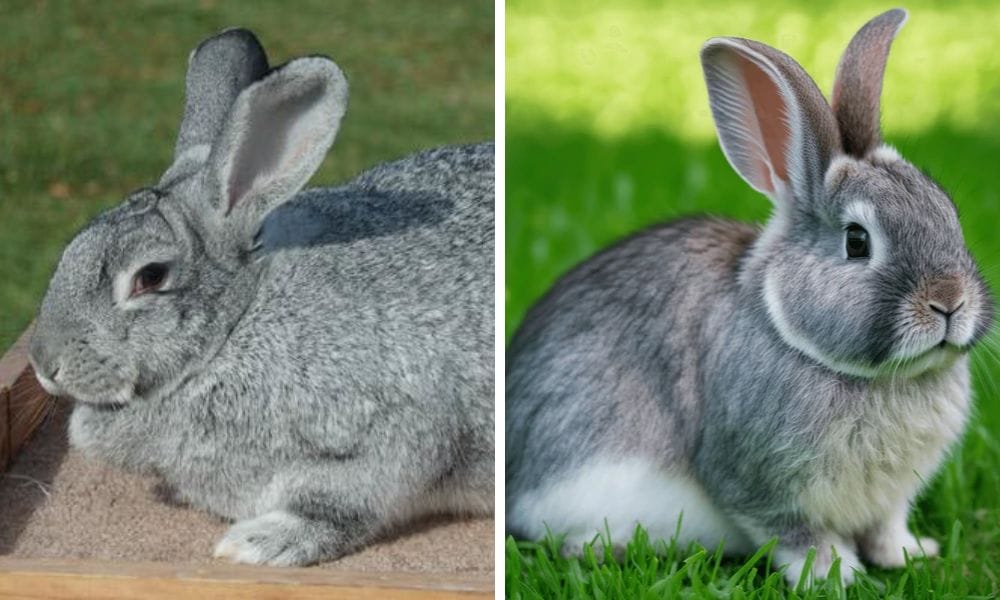
The American Rabbit Breeders Association (ARBA) Recognition
The American Rabbit Breeders Association, or ARBA, is the governing body that sets the standards for rabbit breeds in the United States. The giant chinchilla rabbit breed is recognized by the ARBA, which means they adhere to specific breed standards, including weight, coat quality, and overall conformation.
Giant Chinchillas as Wonderful Pets
Giant chinchilla rabbits are known for their docile temperament, making them wonderful pets, especially for older children who can handle them with care. They are often recommended for first-time rabbit owners due to their gentle nature and the ease of forming a bond with them.
Compatibility with Other Pets
Despite their size, giant chinchilla rabbits can live harmoniously with other household pets, including cats and dogs, provided proper introductions are made. Their calm demeanor often allows them to become comfortable around other animals, making them a versatile addition to a pet-loving household.
Socializing Your Giant Chinchilla Rabbit
Socializing your pet rabbit, especially a breed as amiable as the Giant Chinchilla, is crucial for its well-being. Introducing your bunny to new people and pets at a young age can help it become more adaptable and friendly. When socializing with other animals, such as a dog or cat, always supervise their interactions to ensure safety for all. Remember, while Giant Chinchillas are known for their gentle nature, each rabbit has its unique personality and comfort levels with other creatures.
For first-time rabbit owners, understanding the social cues of rabbits is essential. Giant Chinchillas, much like their distant cousins the Flemish Giant rabbits, communicate through body language. Watch for signs of contentment such as soft purring or binkying, which is a happy hop and twist in the air. Conversely, if your rabbit thumps its hind legs or grinds its teeth, it may be indicating fear or discomfort. By paying attention to these signals, you can foster a nurturing environment that caters to your pet's social needs.
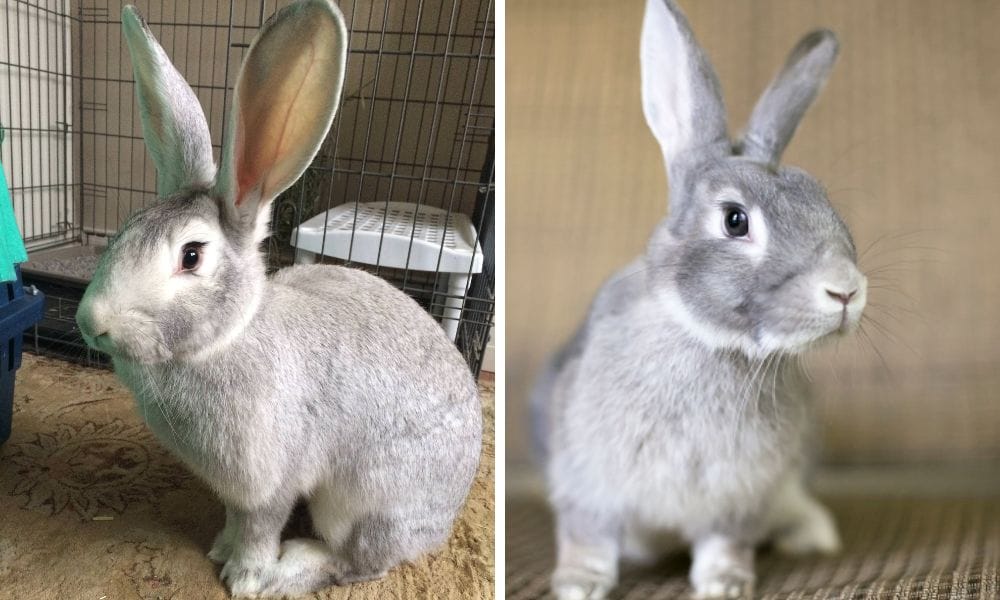
The Unique Temperament of the American Chinchilla Rabbit
American Chinchilla rabbits are known for their docile and affectionate nature, making them a top choice for first-time rabbit owners. Unlike their distant cousin, the Flemish Giant rabbit, which can be quite boisterous, American Chinchillas tend to be more laid-back and easier to handle. Their calm demeanor is perfect for a family setting, where they can become a beloved part of the household. Owners often report that these rabbits are as much a joy to interact with as they are to observe, with their serene presence bringing a sense of tranquility to the home.
However, it's important to remember that each rabbit has its own personality. While the breed may have a reputation for being gentle, individual rabbits may have varying levels of energy and playfulness. Socialization from a young age is key to ensuring your American Chinchilla rabbit develops into a well-adjusted pet. Regular, gentle handling and interaction can help foster a strong bond between the rabbit and its human companions, making it an even more rewarding experience for the house members.
The Importance of Dental Health in Rabbits
Rabbit's teeth are ever-growing, which means that dental care is an essential aspect of rabbit husbandry. For breeds like the American Chinchilla rabbit, monitoring and maintaining their dental health is crucial. These rabbits need access to a variety of fibrous foods, such as hay, which helps wear down their teeth naturally. Without proper dental care, rabbits can suffer from overgrown teeth, which can lead to difficulty eating and severe health issues.
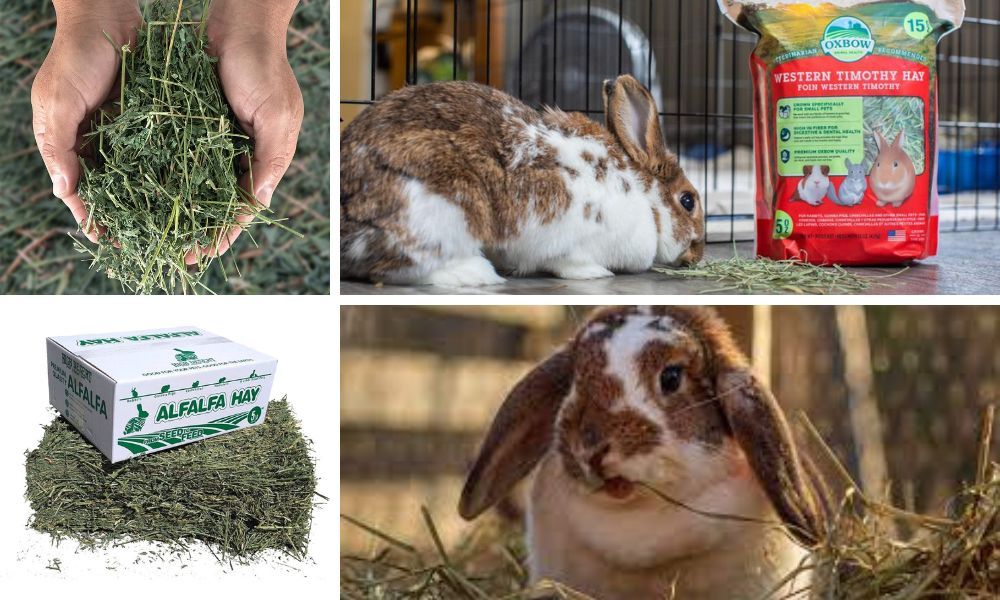
First-time rabbit owners should be particularly vigilant about their pets' dental health. Regular check-ups with a veterinarian experienced in rabbit care are recommended to ensure that the teeth are wearing down correctly and to catch any potential problems early. Providing chew toys and untreated wood blocks can also help keep your rabbit's teeth in good shape. Remember, a rabbit with healthy teeth is a happier and healthier pet, so don't overlook this important aspect of their care.
The Historical Lineage of Giant Chinchilla Rabbits
The lineage of Giant Chinchilla rabbits is as fascinating as their size. Originating from the selective breeding of standard Chinchillas, these rabbits were designed to emulate the fur of the Chinchilla rodent, which was highly prized in France. The American Chinchilla rabbits, which are slightly smaller than their Giant counterparts, share this common ancestry. The first and only individual to successfully create the Giant Chinchilla was Edward H. Stahl, who aimed to make a million dollars, or become the "million dollar princess" of the rabbit world, with his creation.
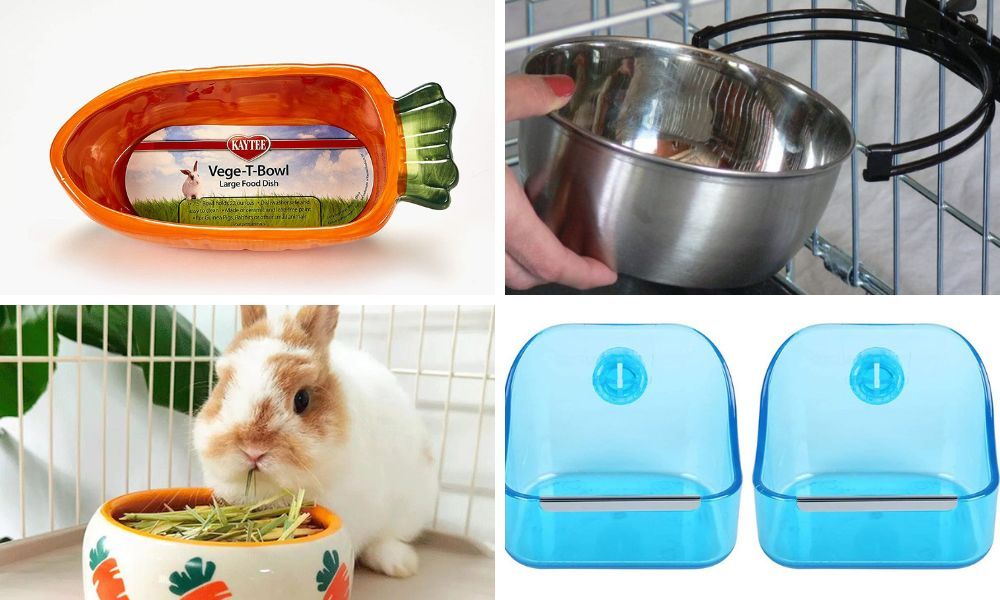
The American Rabbit Breeders Association (ARBA) recognized the Giant Chinchilla rabbit breed in 1928, a testament to the breed's unique qualities and Stahl's breeding success. The breed's blue-grey fur, reminiscent of the American Blue rabbit, and its large, yet proportional ears, have made it a standout among rabbit enthusiasts. The Giant Chinchilla's historical significance and contribution to the rabbit breeding community continue to be celebrated by breeders and pet owners alike.
Housing Needs for Your Giant Chinchilla Rabbit
When it comes to housing, the giant chinchilla rabbit requires a spacious cage to accommodate its larger size. It's important to ensure that the cage is not only wide but also tall enough for the rabbit to stand on its hind legs without any discomfort. Additionally, the cage should be equipped with a comfortable bedding area and a litter box, as these rabbits can be trained for litter box use.
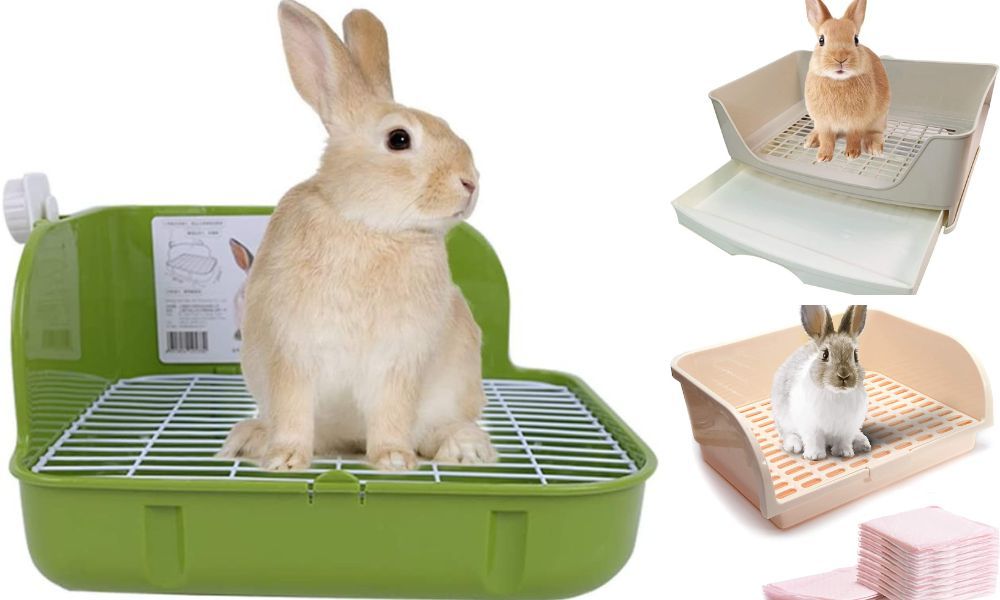
Grooming Needs and Shedding Season
Grooming is an essential part of caring for a giant chinchilla rabbit, especially during the shedding season. Regular brushing helps to remove loose fur and prevent the formation of mats. It also reduces the amount of fur ingested during self-grooming, which is crucial for maintaining a healthy digestive system.
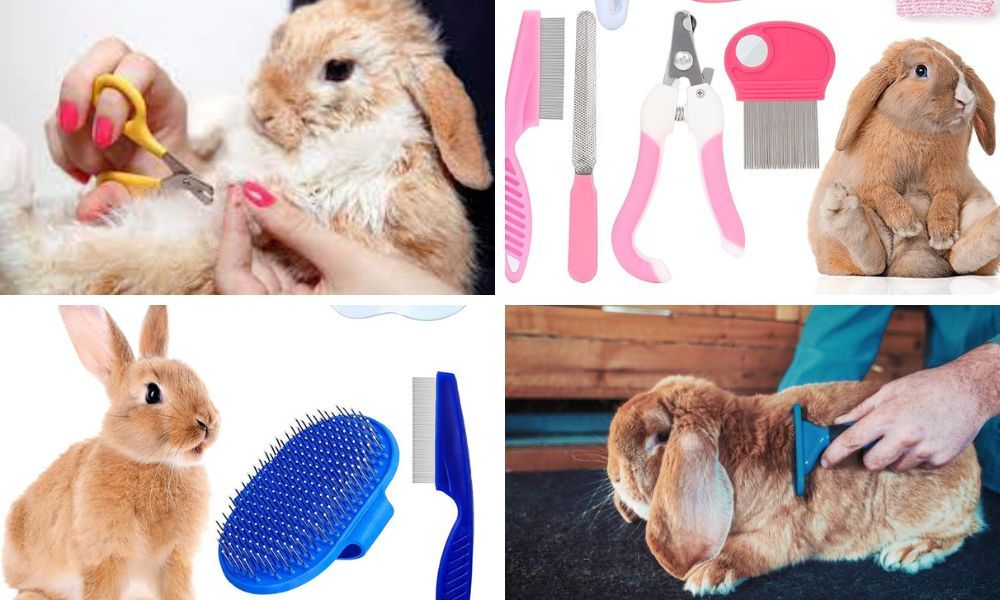
Diet and Digestive System Care
The digestive system of a giant chinchilla rabbit is delicate and requires a diet rich in fiber. Hay should be the main component of their diet, supplemented with fresh vegetables and a small amount of pellets. Providing unlimited access to hay ensures that the rabbit's teeth, which grow continuously, are worn down at a healthy rate.
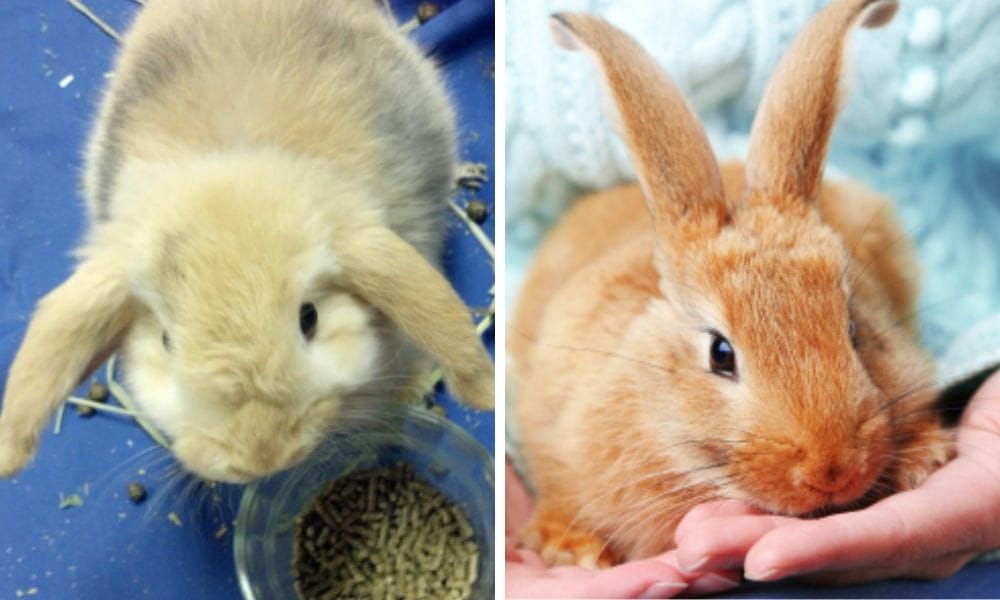
Health Concerns: Sore Hocks and Dental Issues
Giant chinchilla rabbits, due to their size, can be prone to sore hocks, a condition where the fur on the bottom of their feet wears away, leading to painful sores. Providing a soft resting area in the cage can help prevent this issue. Additionally, monitoring the rabbit's teeth for overgrowth is crucial, as dental problems can lead to serious health concerns if left untreated.

Breeding Giant Chinchilla Rabbits
For those interested in rabbit breeding, giant chinchilla rabbits can be a valuable addition to breeding stock. They are known for their meat producing qualities and can contribute to the genetic diversity of the domestic rabbit industry. However, breeding should be done responsibly, with attention to the health and well-being of both the female and her offspring.
The Livestock Conservancy and Breed Preservation
The Livestock Conservancy recognizes the importance of preserving heritage breeds like the giant chinchilla rabbit. By maintaining genetic diversity and promoting the breed's unique characteristics, organizations like the Livestock Conservancy help ensure that these rabbits remain a part of our agricultural heritage.
Finding Giant Chinchilla Rabbits for Sale
If you're looking to add a giant chinchilla rabbit to your family or breeding program, it's important to find a reputable breeder. Breeders who are affiliated with the American Rabbit Breeders Association are a good starting point, as they are likely to adhere to the breed standards and prioritize the health of their rabbits.
If you are interested to learn more abotu large rabbit breads, we have tup together our blog covering this topic below.
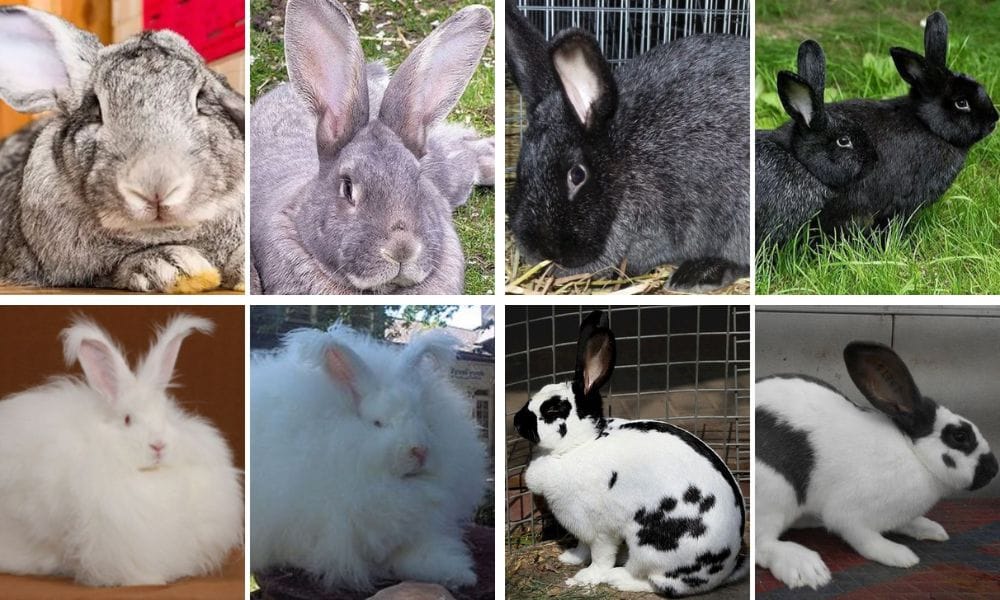
Summary
The giant chinchilla rabbit is a breed that combines size, a luxurious coat, and a friendly temperament, making it a standout choice for both pet owners and breeders. With proper care, including a suitable diet, grooming, and housing, these rabbits can thrive and bring joy to their human companions. Whether you're drawn to their history as the million dollar rabbit or their reputation as gentle giants, the giant chinchilla rabbit is a breed that deserves admiration and respect.
FAQ Section
Q: What is the average lifespan of a giant chinchilla rabbit? A: The average lifespan of a giant chinchilla rabbit is between 5 to 8 years, with proper care and attention to their health needs.
Q: Can giant chinchilla rabbits be kept with other pets? A: Yes, giant chinchilla rabbits can coexist with other pets like cats and dogs, provided they are introduced properly and the other pets are not aggressive.
Q: Are giant chinchilla rabbits good for first-time rabbit owners? A: Yes, due to their docile and friendly nature, giant chinchilla rabbits are often recommended for first-time rabbit owners. They are relatively easy to care for and can form strong bonds with their human caregivers.

